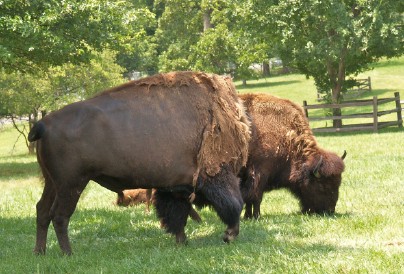
We can gain a lot by listening to young professionals, as they haven't yet learned not to be brutally honest. Twice in the last month young people have said these exact words to me.
"No one cares about Indians."
Once was at a recent conference in California. With Native Americans, as with every other group, California dominates by sheer numbers. There are over 20 million people in California, more than the population of many countries. While Native Americans are a much greater percentage of the population in North Dakota, South Dakota, Oklahoma, Arizona and a whole bunch of other states, California is the state with the largest actual number of American Indians. Still, another young woman at the same conference commented,
"When people in this state see 'native' they just kind of skip over it as not applying to them. The schools, early childhood programs, social service agencies, are all concerned about Latino children that make up 30, 50 or 80 percent of the population at that school. They don't think about the two Indian kids in their school, or that tiny school out in the desert that has 97 American Indian kids in it."
The same is true at the national level. In researching the "digital divide", that is , the difference in access to technology by race or social class, I have been reading a lot of publications lately from the National Telecommunications and Information Administration. In their tables broken down by race under American Indian, they often have "not enough information for statistical analysis."
Call it the middle child syndrome, growing up overlooked, but I find this situation intolerable. There are 2.5 million people in this country who identified themselves as American Indian in the last census. This isn't counting the 1.6 million who identified themselves as Indian and some other race. I am not so sure about them. At yet another conference, we were having a drink after the meetings and one of the people from Spirit Lake asked a gentleman we had just met, who was obviously Native American, what tribe he was from. He laughed and said,
"Well, ma'am, even though every other white person you meet says he is part Cherokee, I really AM part Cherokee!"
Even leaving all of those people whose 'grandma was a Cherokee princess' out of it, 2.5 million is a whole lot of people to ignore. As our president, Erich Longie, said in our latest edition of Miniwakan News, there is a world of difference between complaining about a problem and planning to solve it. So, here is what we are doing this month:
- I am writing a report to Southwest Educational Development Labs, funded through a NIDRR award, on the use of information technology by people with disabilities and their families who live on reservations. This report will include recommendations on effective means of reaching those families so they can receive the services that are their rights under federal programs but which many families are unaware are even available.
- Erich is presenting sessions on Special Education Rights at New Town High School on November 14 at 5 pm (couldn't have much more of a specific plan than that) and again at the Eight Mile Elementary School in Trenton (date to be determined soon)
- I am completing the on-line course, Ethical Training for Indian Nations which will be offered to tribal programs in the next couple of weeks.
- Erich and I are preparing three articles for publication; one on information technology use by tribal members with disabilities, a second on experiences with disability services of reservation families and a third on effective and ineffective means of disseminating information on residents.
- I am preparing a presentation for a teleconference/ webcast with NCDDR on working in Indian communities.

Leave a comment